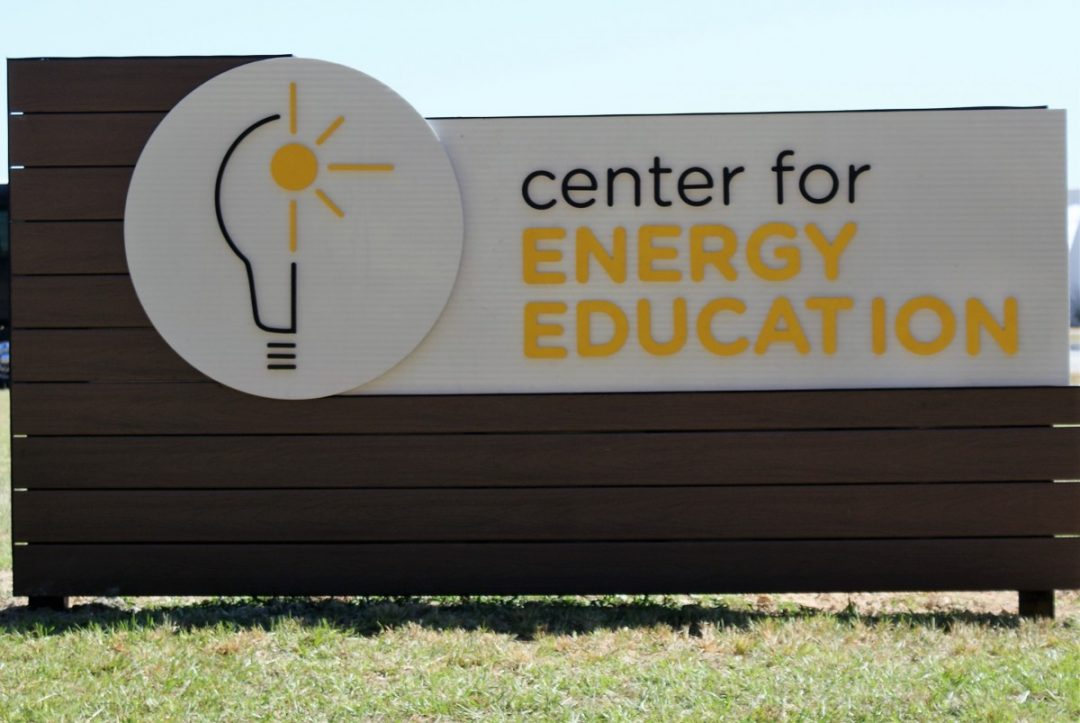A range of community partners and public officials will meet to share information and begin a conversation about the role of microgrids in North Carolina’s power source mix in the face of increased crises due to climate change.
The Center for Energy Education on Wednesday, June 28, will host a daylong workshop entitled Microgrids for Resilience and Equity in Eastern North Carolina, which has drawn the attention of a cross-section of federal, state and local leaders, to discuss emerging technologies related to microgrids. The workshop begins at 8:30 a.m. and will go until 4 p.m.
Attendees will also examine microgrids’ role in reducing power outages related to resiliency and equity in the state’s eastern counties.
https://www.rrspin.com/news/7533-microgrids-topic-of-upcoming-c4ee-workshop.html#sigProId6e45c0b90e
The workshop follows the 2022 Inflation Reduction Act in which the United States government has dedicated more than $370 billion in federal funding and incentives to support clean energy improvement projects that include community-based microgrids.
The conversation will also include an overview of how the IRA can help fund infrastructure to provide grid solutions and promote environmental justice.
A microgrid is a local electrical grid with defined electrical boundaries that acts as a single, yet controllable power source. It can operate connected to a primary grid or it can run independently of it. Usually combined with solar panels and batteries, a microgrid can improve electric reliability, provide services to the overall electric system and serve as a backup power supply to a geographic area.
C4EE will facilitate dialogue among these partners to examine how to navigate a smarter energy future for areas that are negatively affected during weather events and other disasters. Representatives from electric cooperatives, investor-owned utilities, county commissioners and emergency management staff, among others, will discuss the possibilities and challenges to reducing electrical isolation.
According to the Department of Energy, 10 microgrids are operational in North Carolina.
“A microgrid is an innovative option that will enable a smarter energy future, especially for eastern counties that feel adverse effects from big storms and other calamity,” said C4EE Executive Director Mozine Lowe. “It’s a viable addition to our clean energy toolbox.”









